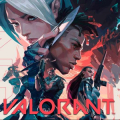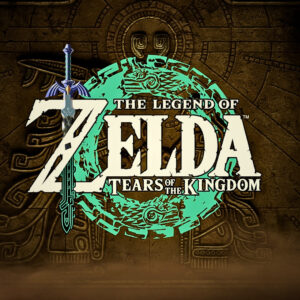Sandbox Games That Deserve the Open-World Treatment
Popular Now
 Brawl Stars
Brawl Stars
 Schedule I
Schedule I
 Geometry Dash
Geometry Dash
 League of Legends
League of Legends
 Minecraft
Minecraft
 Rust
Rust
 Counter-Strike 2
Counter-Strike 2
 Fall Guys
Fall Guys
 Auto X Drift Racing 3
Auto X Drift Racing 3
 Toca Boca World
Toca Boca World
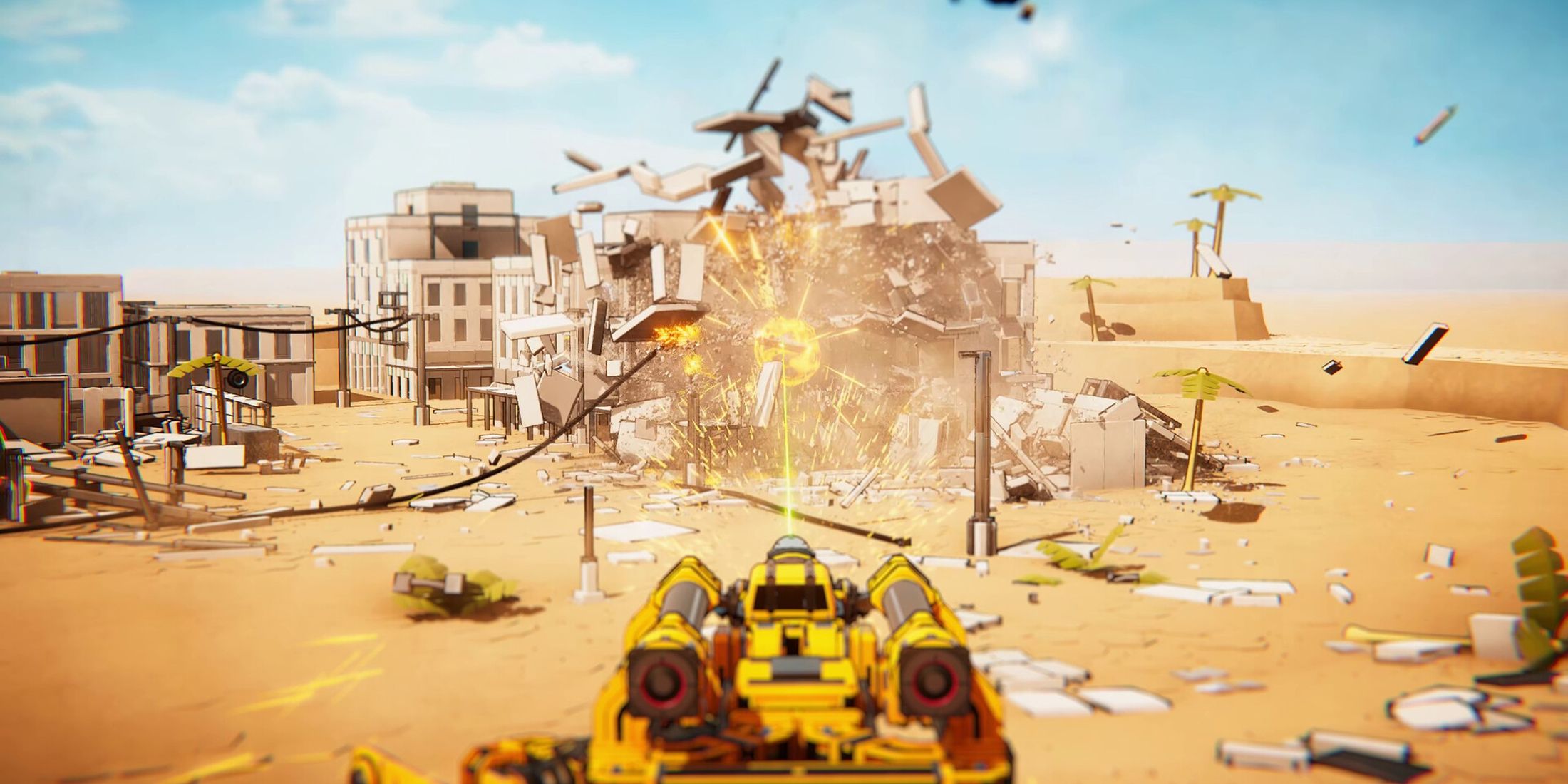 While often used interchangeably, the terms “sandbox” and “open-world” represent two distinct approaches to game design. An open-world game is defined by a vast, explorable map that encourages player discovery and a non-linear narrative, such as in The Witcher 3 or Elden Ring. In contrast, a sandbox game provides players with a set of tools and systems to create, experiment, and drive their own objectives within a defined space, as seen in titles like Minecraft or Garry’s Mod. While many games skillfully blend these two concepts, there are some pure sandbox experiences that are contained within segmented levels or limited environments, and these are the games that would benefit most from an expansive, open-world structure.
While often used interchangeably, the terms “sandbox” and “open-world” represent two distinct approaches to game design. An open-world game is defined by a vast, explorable map that encourages player discovery and a non-linear narrative, such as in The Witcher 3 or Elden Ring. In contrast, a sandbox game provides players with a set of tools and systems to create, experiment, and drive their own objectives within a defined space, as seen in titles like Minecraft or Garry’s Mod. While many games skillfully blend these two concepts, there are some pure sandbox experiences that are contained within segmented levels or limited environments, and these are the games that would benefit most from an expansive, open-world structure.
Transforming these games into a true open-world would not only enhance their core gameplay loops but also unlock new levels of player creativity, emergent storytelling, and long-term engagement. By removing the barriers and loading screens that separate their meticulously crafted systems, these games could offer a sense of seamless immersion that is currently beyond their reach. Here are three examples of sandbox games that could be revolutionary if they were given a true open-world setting.
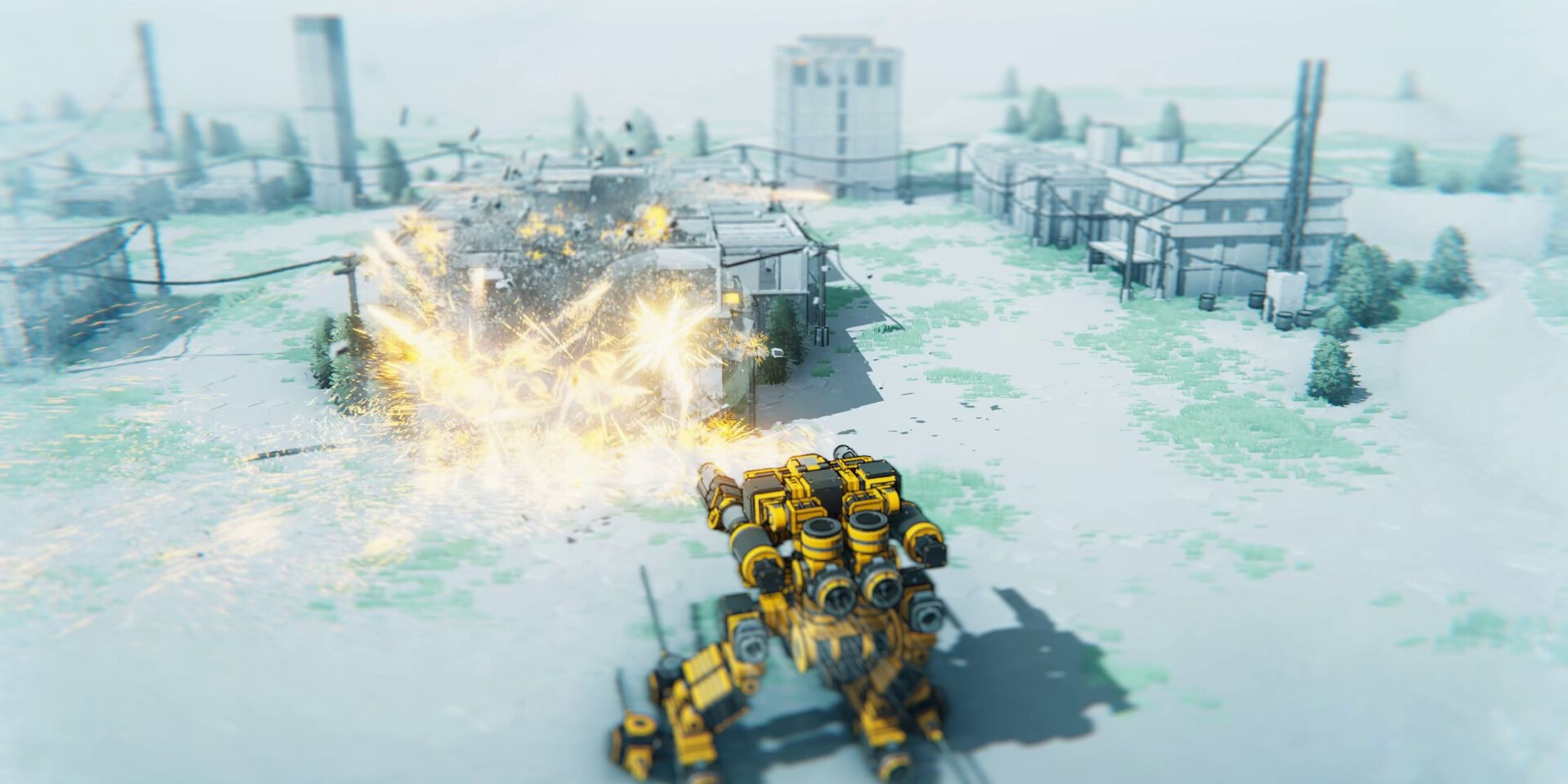 The Sims: Building a Truly Living, Breathing World
The Sims: Building a Truly Living, Breathing World
The Sims franchise is the undisputed king of life simulation sandboxes. Players have unparalleled freedom to build homes, create characters, and manage their lives, but this experience is often compartmentalized into separate neighborhoods and lots. An open-world version of The Sims would be a game-changer. Imagine a single, sprawling city where your Sim could leave their house and spontaneously walk to a bustling downtown, visit a friend’s home, or get a job without a loading screen. This would make the world feel genuinely alive, as your Sim could have chance encounters in public spaces, form new friendships organically, and become part of a dynamic, evolving community.
The current structure, which requires a loading screen for every lot change, breaks the immersion and limits the potential for emergent storytelling. In an open-world Sims, a random fire at a neighbor’s house could cause a domino effect throughout the community, or an unexpected encounter at a local cafe could lead to a new romance. The ability for the entire world to function and interact in real-time would create a deeper, more realistic simulation. This shift would elevate the series from a collection of individual stories to a true, living and breathing world, where every action has a visible consequence on the wider community.
Kerbal Space Program: A Seamless Galactic Journey
Kerbal Space Program is a masterclass in physics-based sandbox design. Players are given an extensive suite of tools to design, build, and launch rockets, with a goal of exploring a simulated solar system. While the game’s core is pure sandbox creation, the exploration aspect is limited to individual missions. The world is a collection of celestial bodies, and while you can travel between them, the experience is not seamless.
An open-world version of Kerbal Space Program would be an astronomical feat. It would turn the entire solar system into a single, persistent play space, where players manage a growing space program in real-time. Instead of focusing on individual launches, the game would become a continuous journey of discovery and management. Players could build persistent bases on different planets, establish trade routes, and deal with unexpected astronomical events. The feeling of watching your Kerbal crew travel from one planet to another in a seamless, unbroken journey would be a revolutionary experience, transforming the game from a series of missions into a true space epic.
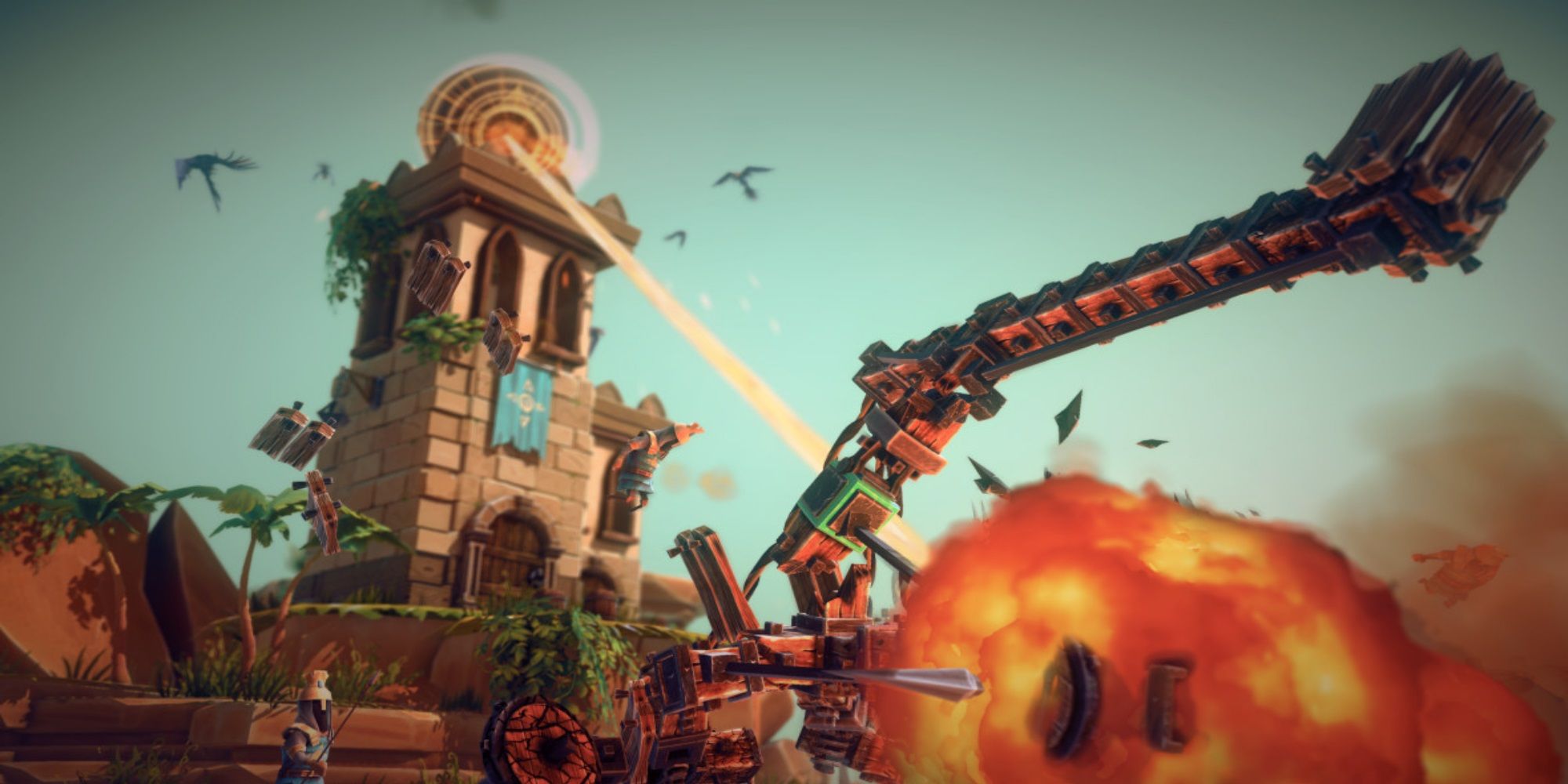 Garry’s Mod: The Ultimate Creative Playground
Garry’s Mod: The Ultimate Creative Playground
Garry’s Mod is the definitive physics sandbox. It gives players an extensive toolset to manipulate objects, build contraptions, and experiment with physics within a contained map. While the game’s strength is its free-form nature, the experience is often limited to short, chaotic sessions within individual servers. An open-world version of Garry’s Mod would be a monumental step forward for player-driven content.
Imagine a massive, persistent world where players could build entire cities, design their own economies, and create their own factions. The chaotic, creative nature of Garry’s Mod would be amplified in an open-world setting, as rivalries could form, alliances could be forged, and player-created narratives could unfold over weeks or even months. This would transform the experience from a series of short-lived creations into a long-term, evolving digital landscape, where the only limit is the player’s imagination. It would be the ultimate expression of the sandbox genre, set within a world that is as dynamic and unpredictable as its players.
The distinction between sandbox and open-world is key to understanding how these games could be improved. While they all offer immense creative freedom, integrating a true open-world design would elevate their core mechanics, fostering a deeper sense of immersion and player autonomy that their current structures can’t fully provide.






